Christmas Food From Around The World
Sweden:
More is more when it comes to the Swedish julbord, or ‘Christmas table’. The centrepiece is a Christmas ham, boiled and glazed with eggs, breadcrumbs and mustard. Once that’s prepared, you can enjoy a little Dopp i grytan, or ‘dipping in the kettle’, as you dunk hunks of bread in the fatty ham broth. Add boiled whitefish, a rich selection of smoked, cured and pickled meats and cabbage flavoured with sweet, dark syrup, then wash it all down with a tankard of Glögg (mulled wine).
Puerto Rico:
Portugal:
Codfish and boiled potatoes make up the bulk of the traditional Christmas-eve meal, but the real attraction here is the stellar array of pastries and sweets on offer. Finhoses are strands or balls of light, spiced dough, dusted with icing sugar, while formigos is a sweet, sticky blend of nuts, honey and raisins. But in both linguistic and culinary terms, the Bolo Rei is the king-cake. Nuts and crystallised fruit gaud the surface of the white, fluffy treat, named in commemoration of the Magi. Variants include the beautifully-named Bolo-Rei escangalhado, or broken-king-cake, which drips with cinnamon and chilacayote jam.
Japan:
The good folks at Kentucky Fried Chicken are not the type of people to let the spirit of festive goodwill spoil a lucrative marketing opportunity. They launched their 1974 ‘Christmas Chicken’ campaign in Japan after hearing of Western expats turning to bargain buckets when they were unable to source a turkey in Tokyo. As long as 40 years later, KFC orders must be placed weeks before Christmas, and on 25 December then it is common to see well-off Japanese families sitting around a table in the chicken shop, sharing a hearty serving of fried chicken, Champagne and cake. Merry Productmas to all.
Eastern Europe:
Lithuania, Poland and Ukraine all offer a panoply of variations on an intricate twelve-dish Christmas Eve feast. Meat, eggs and milk are all kept off the table by the regulations of the Nativity Fast practiced by the Orthodox and Eastern Catholic churches, and while this fast is not so strictly observed as it once was then expect to see an array of pescatarian and grain-based dishes laid out on the table. There are a host of traditions accompanying the meal, many dating back to pagan times. These range from the ritual breaking of wafers to the scattering of hay on the table to commemorate the birth of Christ (or the fertility of the coming new year). Just make sure not to skip a dish - or tradition says you will die within the next year.
Germany:
This almighty edifice is a Pfefferkuchenhaus, a gingerbread house resplendent with candies, sweets and icing sugar snow. For those without a serious sweet tooth, Grünkohl (kale) might appeal more: every grandmother in the country, it is said, has her own recipe for spiced kale stew. Roast goose festooned with dumplings and red cabbage and slathered in kale stew is the traditional main. And don’t be alarmed if your Teutonic host offers you “ein Knacker”- it’s only a bit of smoked sausage.
Norway:
In contrast, the offer of a little Smalahove from a Norwegian chef should set alarm bells ringing, depending on how intrepid a palate you possess. A whole, steamed sheep’s head is not a dish for the faint-hearted. Gourmands say the ear and the eye should be eaten first, as these are the fattiest parts of the head. Meanwhile, the brain is spooned out and boiled or fried. A less outré option is Pinnekjøtt, or lamb’s ribs traditionally fried over a fire of birch branches. There’s not a lot on offer here for veggies, but Multekrem should be a pretty safe bet. This dessert combines cloudberries with sugary whipped cream, and there are no eyeballs in sight.
Greenland:
Men serve the women throughout the course of a Christmas meal in Greenland, in a heart-warming tradition which nonetheless makes you wonder how the labour is divided throughout the rest of the year. That said, the eating itself is not always an easy task: mattak is strips of whale blubber encased in whale skin, and even Greenlandic folk used to chomping on these tough, fatty snacks often end up swallowing themselves. And while the men may dish it up, it is presumably the women who have to do the bulk of the work when preparing kiviak. Baby auks are buried in a seal-skin several months before Christmas, then dug up once they’ve started to rot and served as a delicacy.
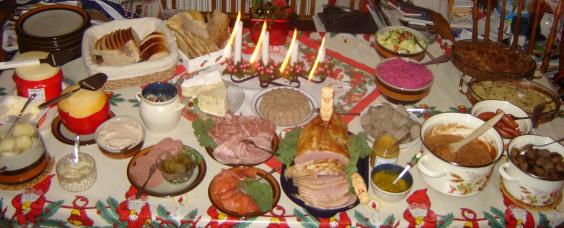
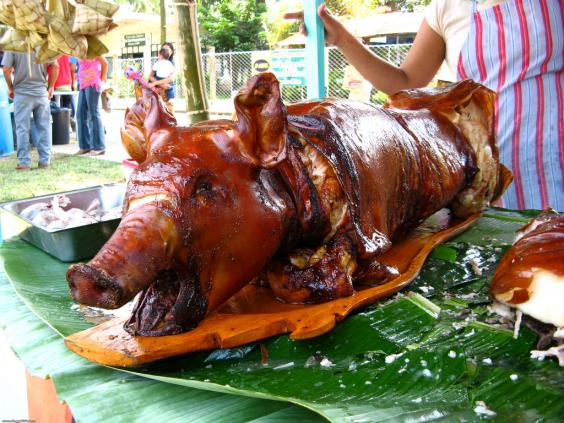
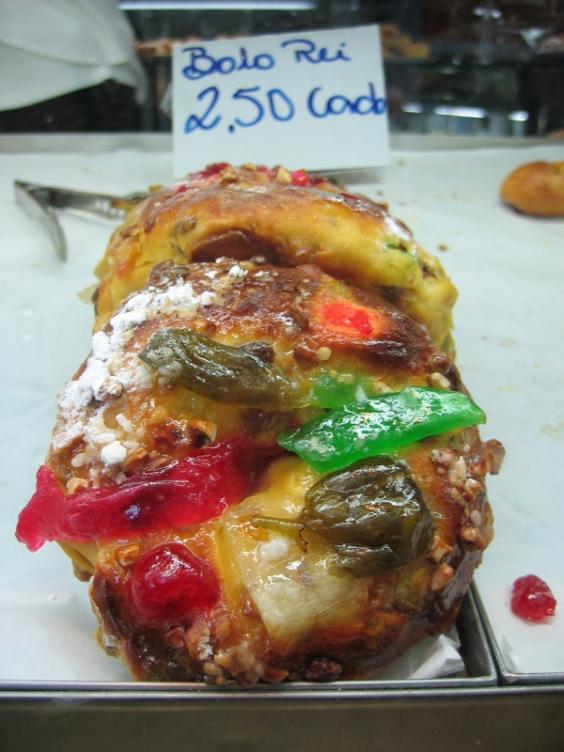
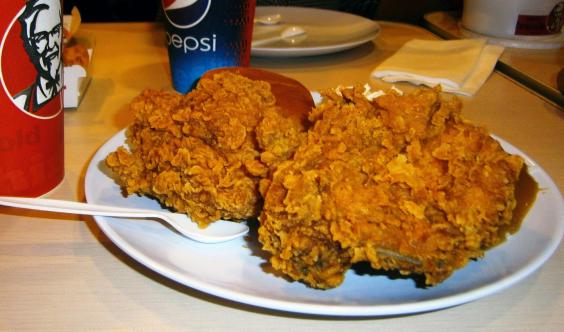
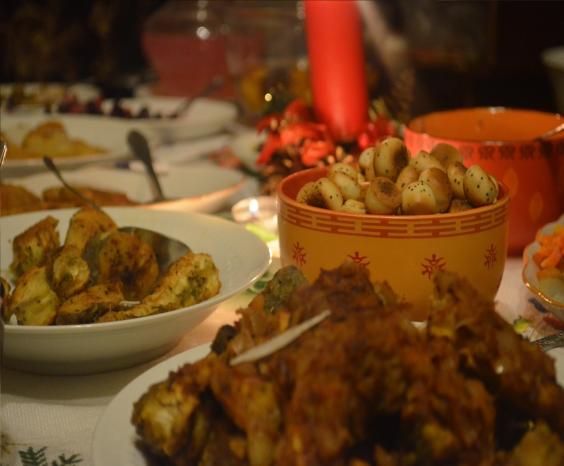

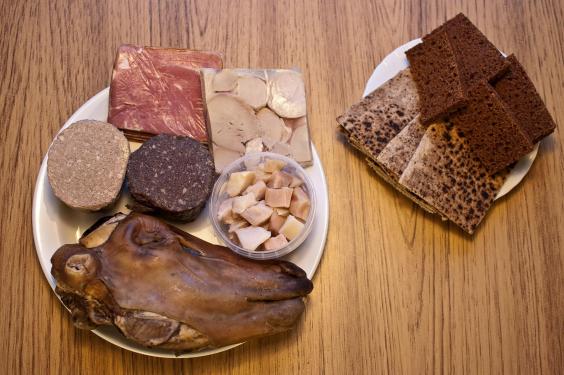
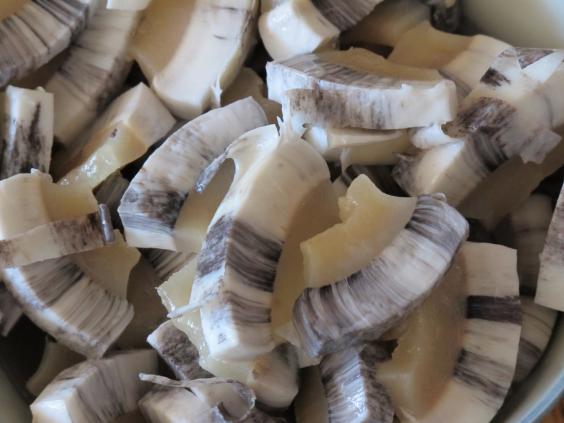



Leave a Comment